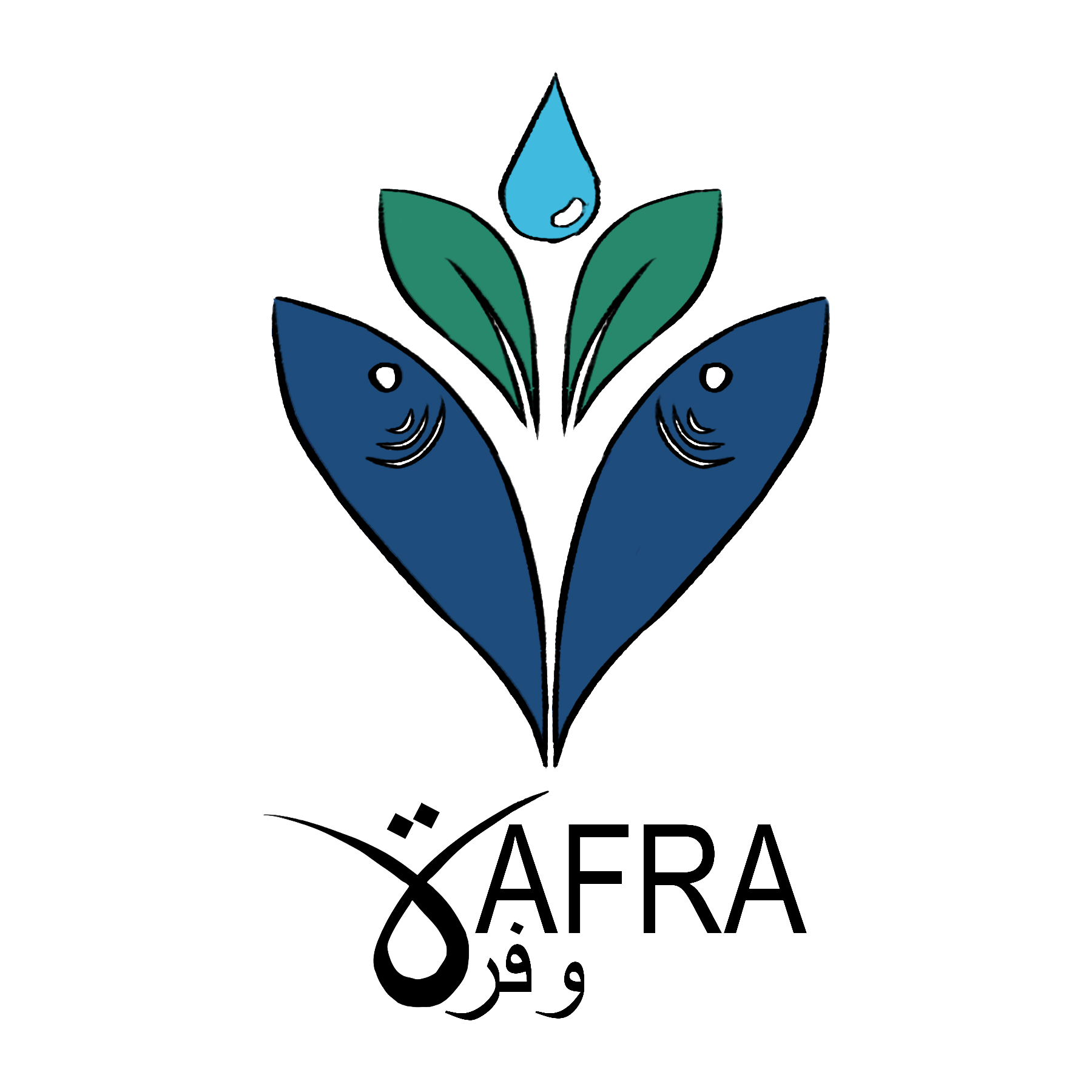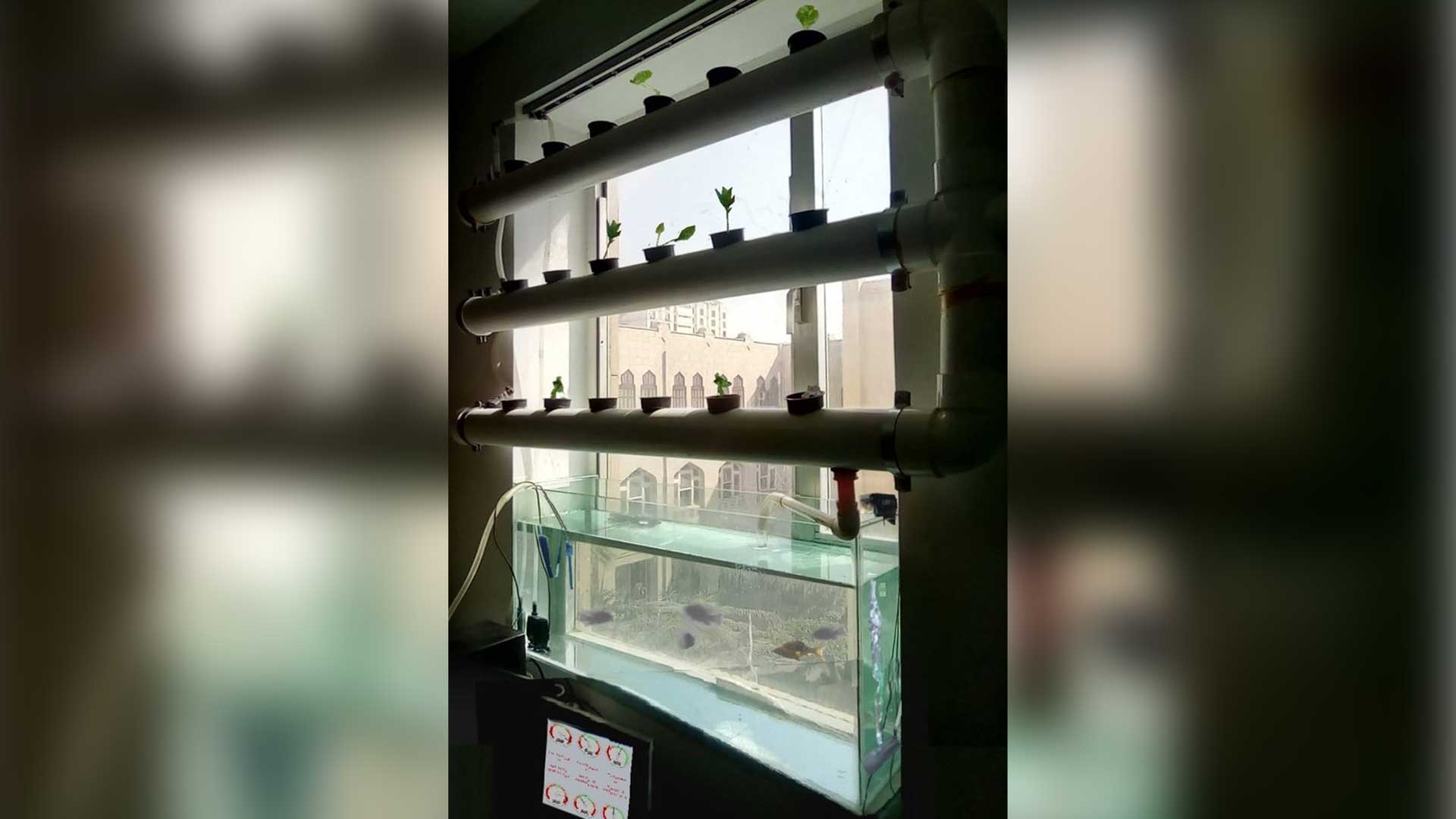Wireless Aquaponic Farming in Remote Areas: A smart adaptive socio-economic solution [WAFRA]
WAFRA is an Arabic word that means abundance. This word reflects the aim of our project which is to develop a smart aquaponic system in remote areas to supply plant and fish in abundance. An aquaponic system could be defined as an integration of a hydroponic system with an aquaculture through the efficient use of natural resources. This integrated farming technology limits the water exchange and reduces the environmental impact of aquacultures and conventional farming by converting the waste excreted by fish into valuable nutrients for plants within a confined water capacity. Nile Tilapia, a very common fish species and lettuce, a widespread leafy vegetable are the subjects of this project. In recent years, aquaponics has turned from small individual scale to marketable scale. However, monitoring such a system in remote areas requires an appropriate strategy to control the different operating parameters. The use of remote sensing presents an "around the clock monitor" for the critical parameters such as pH, temperature, dissolved oxygen (DO), nitrates, nitrites, ammonia and water level in the bioremediation tanks. Necessary actions are taken whenever a parameter is diverted from its predetermined safe level. Photovoltaic powered wireless platforms offer a renewable and sustainable energy system to allow functioning in remote areas where the national electricity grid is not available. This application will be user friendly offering easy access to end users whether owners or personnel. The complete system overview is shown in Figure 1.

Figure 1. The system overview of WAFRA




